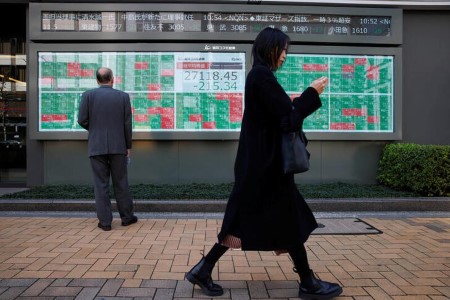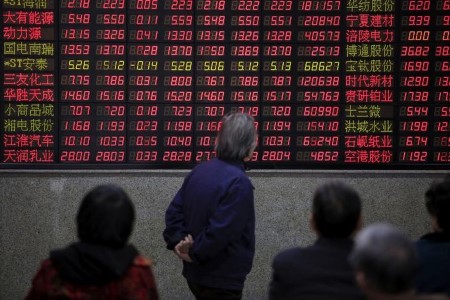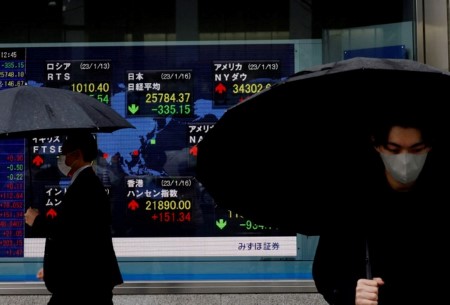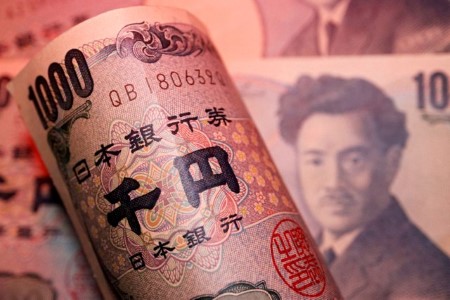Aug 17 – Asian market sentiment on Thursday will again be a mix of caution and nervousness, with familiar roots: a supercharged dollar and rising US bond yields, tightening financial conditions, and deepening concern over China.
Wall Street’s steep fall on Wednesday following another batch of bumper US economic data showed that the relentless rise in borrowing costs is weighing more heavily on investors’ psyche than the surprising strength of the US economy.
This will likely feed into the market open in Asia, where the economic calendar on Thursday is pretty full – Japanese trade and machinery orders, Australian and Hong Kong unemployment, and an interest rate decision from the Philippines are all on tap.
The dollar is worth noting. It rose again on Wednesday and is now up 18 sessions out of the last 24. It is on track for its fifth consecutive weekly gain, which would be its best run since April-May last year.
The greenback’s strength has this week pushed the Indian rupee to a record low, the Japanese yen to a 2023 low and into territory where Tokyo intervened heavily last year, and the offshore Chinese yuan within sight of October’s record low.
The twin rise in the dollar and US bond yields is a classic red flag for emerging markets, and this time is no different.
Goldman Sachs’s financial conditions indexes show that Chinese and aggregate emerging market financial conditions have tightened sharply this month, by more than 100 basis points, and are both now the tightest this year.
The People’s Bank of China is responding – on Tuesday it cut rates in a surprise move, and on Wednesday it injected the most short-term cash into the banking system through seven-day reverse repos since February.
But the pressure on Beijing to do more to support the creaking economy can be seen in the 10-year yield’s slide to its lowest since May 2020. Remarkably, China’s 10-year yield is now 170 basis points below the 10-year US Treasury yield, the widest gap since 2007.
Oil prices, which last week hit their highest levels of the year, are now in retreat due to fears over faltering demand from China. Brent and WTI crude are down 4% to 5% this week, both on course to snap seven-week winning streaks.
Good news, perhaps, from the point of view of keeping global inflation in check; not so good news that the world’s growth engine is sputtering badly.
It’s little wonder Chinese and regional shares are feeling the heat. Chinese blue chip shares fell on Wednesday for a fourth day, and the MSCI World and MSCI Asia ex-Japan indexes have now fallen 10 out of the last 12 sessions.
Here are key developments that could provide more direction to markets on Thursday:
– Philippines interest rate decision
– Australia unemployment (July)
– Japan trade (July)
(By Jamie McGeever; Editing by Josie Kao)







 DOWNLOAD
DOWNLOAD












